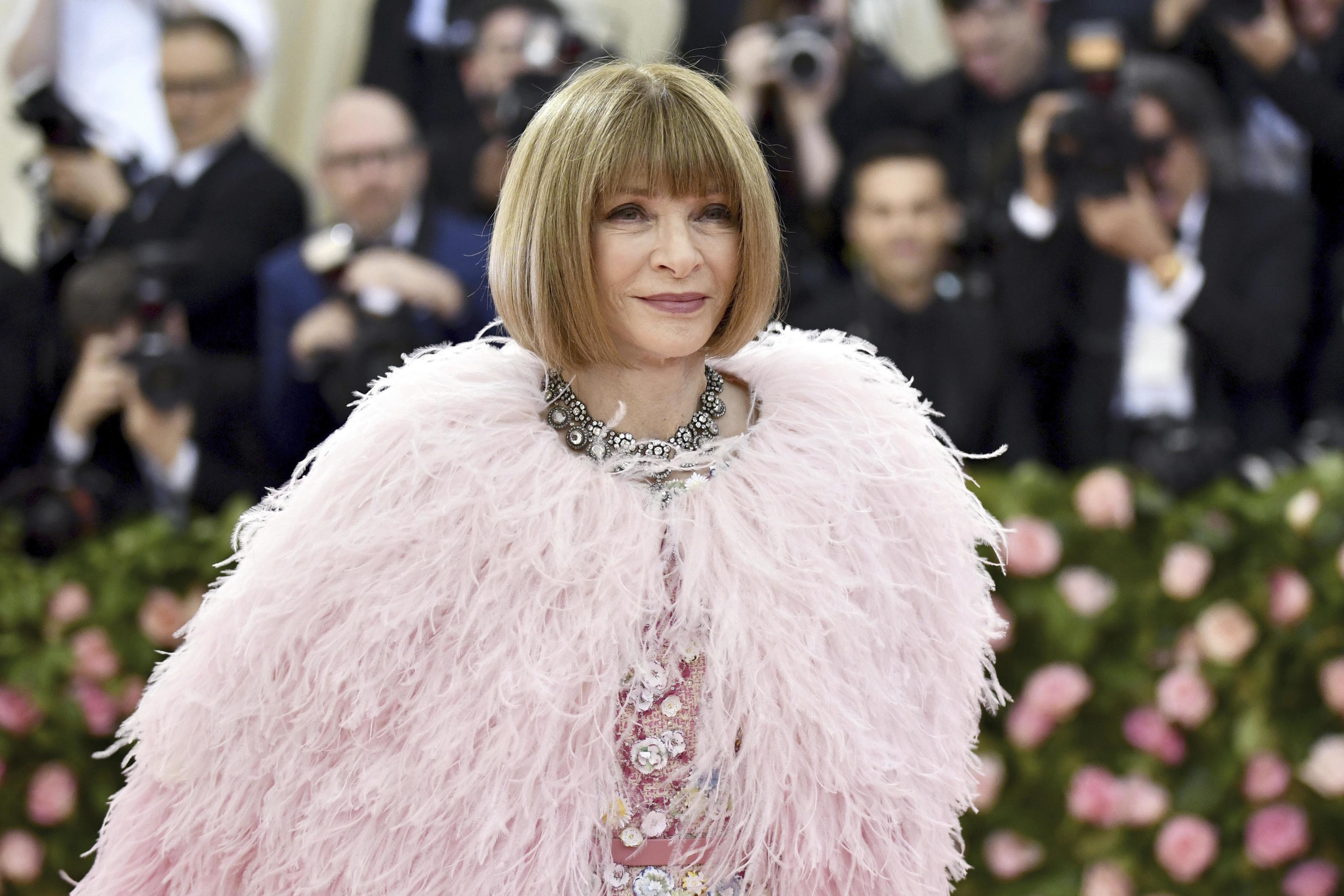Anna Wintour, who has led the US edition of Vogue for nearly four decades, is leaving her position to take on other responsibilities within Condé Nast, as announced by US media on Thursday.
The 75-year-old English journalist, who joined the prestigious magazine in 1988, announced her departure during a staff meeting on Wednesday morning, but will remain as Condé Nast's chief content officer and global editorial director of Vogue, overseeing all brands worldwide, including Vanity Fair, GQ, and AD, according to local press.
A new leader for Vogue America
In any case, Vogue America will fill the position of chief editorial content officer, aligning with the structure that the magazine has replicated in its various international editions, with a person reporting to Anna Wintour, as she retains her role as global editorial director of Vogue.
Furthermore, Wintour will continue as the chief content officer of the parent company, Condé Nast, where she oversees nearly all of the company's publications, with the exception of The New Yorker. The company reports that they are not looking to replace the charismatic director at Vogue America, but rather to appoint a person to the role of "chief editorial content officer," the same title currently used by all recently appointed international editors.
In reality, more than a step back for Anna Wintour, it seems like a business move that partly responds to the significant expansion of the roles the editor has been performing in the company in recent years; bringing in a new head of editorial content will allow her to have more time to take on these roles without completely letting go of the reins she has firmly held until now. However, and although this is far from being a prelude to retirement, the business group has paved the way for a succession that logically will not take long to materialize. In fact, rumors about her possible retirement have been constant for years, even decades, but have always been quickly denied by herself or by Conde Nast, which this time is making a move and seems to be preparing to fill the inevitable void that will be left by the woman known today as the 'fashion bible.'
Anna Wintour became editor-in-chief of Vogue US in 1988, after a successful stint as editor-in-chief of British Vogue. With an iron fist and a steely character, her rise was meteoric, and she soon became one of the great figures in fashion, the all-powerful woman in the industry who could elevate a designer, a photographer, or a model with a single gesture or comment, or, conversely, erase them from the map without batting an eye. Cold and calculating, Wintour earned a reputation for making or breaking careers with a simple flick of her always painted nails.
A fashion and cultural icon, in her 37 years at the helm of Vogue US, Anna Wintour has enhanced her legend, in the wake of films like 'The Devil Wears Prada' and the documentary 'The September Issue' (2009), which immortalized her figure. And as an undeniable merit, she can boast of turning the MET Gala, which began as a discreet social event aimed at raising funds for the Costume Institute of the Metropolitan Museum of Art, into the biggest red carpet event in the fashion world, one that even eclipses the Oscars.
Her first cover under her imprint, in November 1988, featured model Michaela Bercu in $50 jeans - the first time such garments appeared on the cover of Vogue - and a $10,000 Christian Lacroix sweater, in a fun and relaxed photograph taken by Peter Lindbergh. "It was very different from the studied and elegant close-ups typical of Vogue covers at that time, with lots of makeup and grandiose jewelry. This broke all the rules," Wintour told Vogue in 2012.
But her influence extends far beyond the world of magazine editing and has permeated popular culture with nicknames like 'Nuclear Wintour.' Instantly recognizable by her perfectly styled "bob" haircut (shoulder-length with bangs framing her face) and her trademark Chanel sunglasses, which she wears at fashion shows even when there is no sun, her leadership style, relentless and demanding, and her apparent coolness - popularized by Miranda Priestly, the character from Lauren Weisberger's novel portrayed by Meryl Streep - have garnered her as many supporters as detractors over the years. But her legacy, as a powerful and pioneering woman in an industry dominated by men until her arrival, is unquestionable.
Four years ago, Condé Nast initiated a change in its editorial structure and brought together editorial teams from around the world for the first time, each with a chief editorial content officer under the leadership of a global editorial director.
Moving forward, the new position to be created at Vogue US will join the chief editorial content officers of Japan, China, India, Taiwan, UK, France, Spain, Germany, Italy, and the Middle East, as reported by the company.
